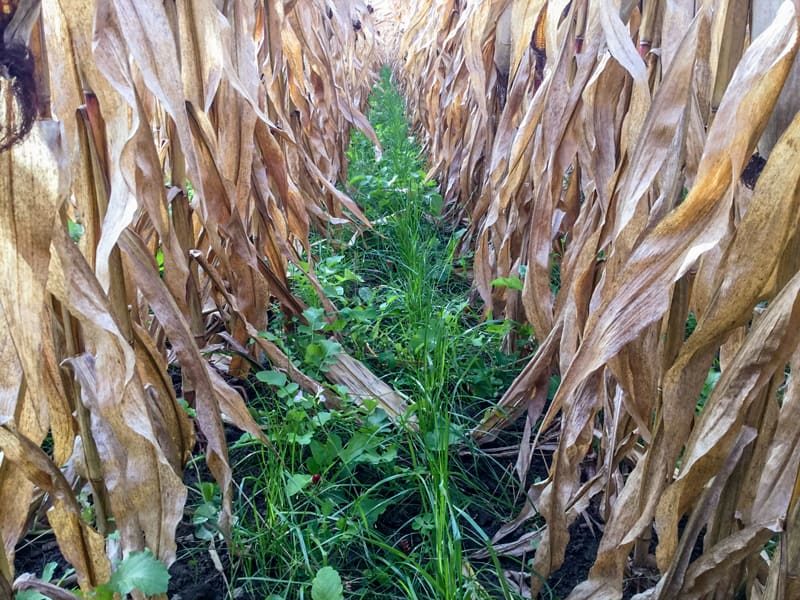No-Till Farmer
Get full access NOW to the most comprehensive, powerful and easy-to-use online resource for no-tillage practices. Just one good idea will pay for your subscription hundreds of times over.

The following article is based on Jim Hershey's presentation at the 2019 National No-Tillage Conference. To watch other presentations from the event, click here.
Lancaster County, located about 90 minutes west of Philadelphia, is the largest livestock-producing county in Pennsylvania. It’s also the county with the most impaired streams, making it a major contributor of pollution to the Chesapeake Bay.
This has put farmers in the county, including Elizabethtown no-tiller Jim Hershey, under the gun for reducing nitrogen (N) inputs to limit nutrient runoff. Which is a challenge, given the amount of rainfall they receive. In 2018, Hershey’s 650-acre farm received around 75 inches of rain. A normal year is around 42 inches.
“I don’t care how good a job you do, how good a job I do — we’re going to have some runoff,” he told the audience at the 2019 National No-Tillage Conference in Indianapolis. “But I think we can limit the amount of topsoil and the amount of nutrients that are leaving our farm by including practices that keep our soils covered year-round.”
For Hershey, this means getting cover crops seeded earlier with interseeding, and letting them grow longer by planting green.
Hershey first looked into interseeding around 8 years ago when the only units available were those that blew seed down through the corn at tassel time in August. He first hired someone to seed covers with a highboy seeder, but had poor results, likely because of the limited moisture they had during…